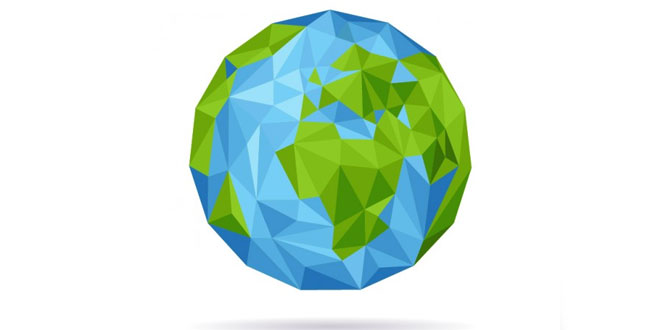Question: How are volcanoes distributed on earth?
Answer: Distribution of volcanoes on earth:
- Most of the world’s active volcanoes are formed by a circular belt around the pacific ocean. That is why this belt is called the Pacific Ring of Fire.
- The second belt of volcanoes is found along the Mediterranean Sea and is called Mid-World Mountain belt.
- Fujiyama in Japan is one of the world’s beautiful volcanic mountain.
- The Deccan Plateau of India was probably formed due to fissure erruption.
Question: Describe different types of earthquake waves?
Answer: According to the mode of travel, earthquake waves are classified into three main types:
- Primary waves: The Primary waves (P waves) or push waves are first to arrive as they are fastest. These waves usually travel at the speed of about six km per second. These waves cause relatively small displacements.
- Secondary waves: The secondary waves (S waves) or shake waves are the next to arrive. Their rate of movement is less than that of the P waves. These waves produce a strong shaking action. They do not pass through liquids.
- Surface waves: The surface waves are the last to arrive and travel over the surface of the earth. These waves are very powerful and cause most of the damage. Their effect is not seen at great depths.
Question: Explain the work of a river in the lower course.
Answer: As the river approaches the sea, the speed of the flowing water decreases, and the river begins to break up into a number of streams called distributaries. The river becomes so slow that it begins to deposit its load. Each distributary forms its own mouth. The collection of sediments from all the mouths forms a delta.
Question: What is the difference between weathering and erosion?
Answer: Weathering is the breaking up of the rocks on the earth’s surface. Erosion is the wearing away of the landscape by different agents like water, wind, and ice.
Question: What are endogenic and enogenic forces?
Answer: The forces which act in the interior of the earth, are called endogenic forces. The forces which act on the surface of the earth are called enogenic forces.
 Class Notes NCERT Solutions for CBSE Students
Class Notes NCERT Solutions for CBSE Students




it is quite a concept which you do a not understand.